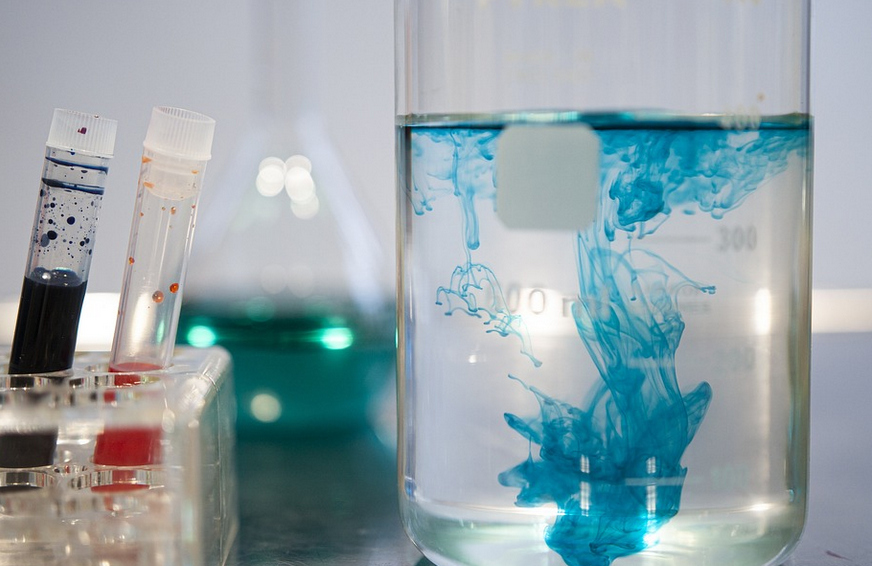Introduction
If you’re a plumber or DIY enthusiast, you’re probably familiar with Oatey cement. This adhesive is used for joining PVC, ABS, and CPVC pipes and fittings. However, one of the most important aspects of using Oatey cement is understanding the cure time. In this article, we’ll provide you with tips and tricks for achieving optimal results when using Oatey cement.
What is Oatey Cement?
Oatey cement is a solvent-based adhesive that is used to join PVC, ABS, and CPVC pipes and fittings. It works by chemically melting the plastic surfaces, which then fuse together when the solvent evaporates. This creates a strong and permanent bond that can withstand high pressure and temperature.
What is Cure Time?
Cure time refers to the amount of time it takes for the adhesive to fully dry and create a strong bond. It’s important to follow the recommended cure time for the specific type of Oatey cement you’re using. This will ensure that the bond is strong and durable.
Factors Affecting Cure Time
Several factors can affect the cure time of Oatey cement, including temperature, humidity, and the thickness of the adhesive layer. Higher temperatures and lower humidity levels can speed up the cure time, while lower temperatures and higher humidity levels can slow it down. Additionally, thicker layers of adhesive will take longer to cure than thinner layers.
Recommended Cure Time
The recommended cure time for Oatey cement varies depending on the type of cement and the size of the pipe or fitting being joined. Generally, the cure time ranges from 15 minutes to 24 hours. It’s important to refer to the manufacturer’s instructions for the specific type of cement you’re using.
Tips for Achieving Optimal Results
To achieve optimal results when using Oatey cement, follow these tips:
1. Clean and Dry Surfaces
Make sure the surfaces you’re joining are clean and dry before applying the adhesive. Any dirt, grease, or moisture can compromise the bond and affect the cure time.
2. Apply Thin, Even Layers
Apply thin, even layers of adhesive to both surfaces being joined. Avoid applying too much adhesive, as this can extend the cure time and weaken the bond.
3. Use the Right Type of Cement
Make sure you’re using the right type of Oatey cement for the materials you’re joining. Using the wrong type of cement can result in a weak bond and longer cure time.
4. Follow Recommended Cure Time
Follow the recommended cure time for the specific type of cement you’re using. Avoid using the joined pipes or fittings until the adhesive has fully cured.
5. Consider Temperature and Humidity
Consider the temperature and humidity levels when applying Oatey cement. Higher temperatures and lower humidity levels can speed up the cure time, while lower temperatures and higher humidity levels can slow it down.
Conclusion
Understanding the cure time of Oatey cement is crucial for achieving optimal results when joining PVC, ABS, and CPVC pipes and fittings. By following the recommended cure time, using the right type of cement, and considering temperature and humidity, you can ensure a strong and durable bond.

